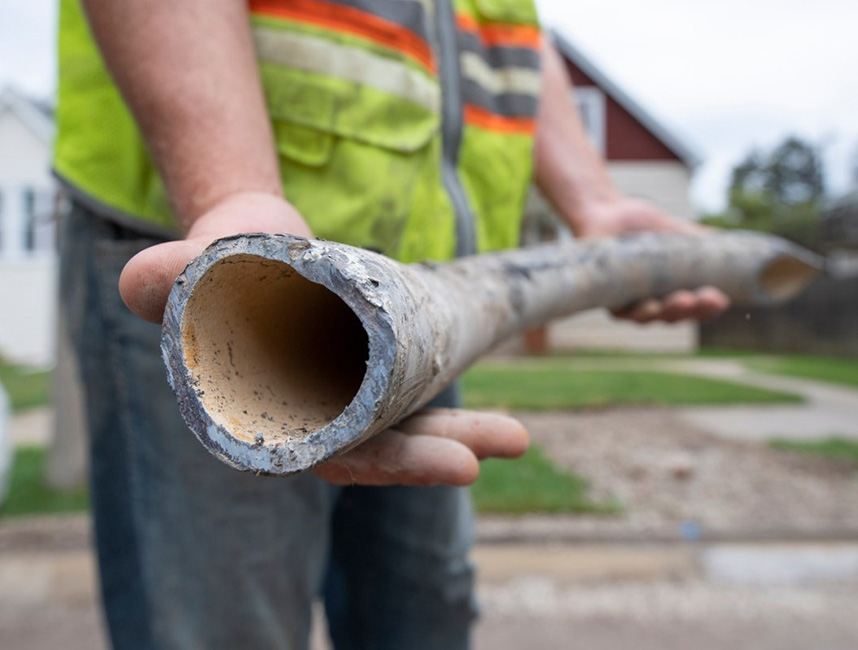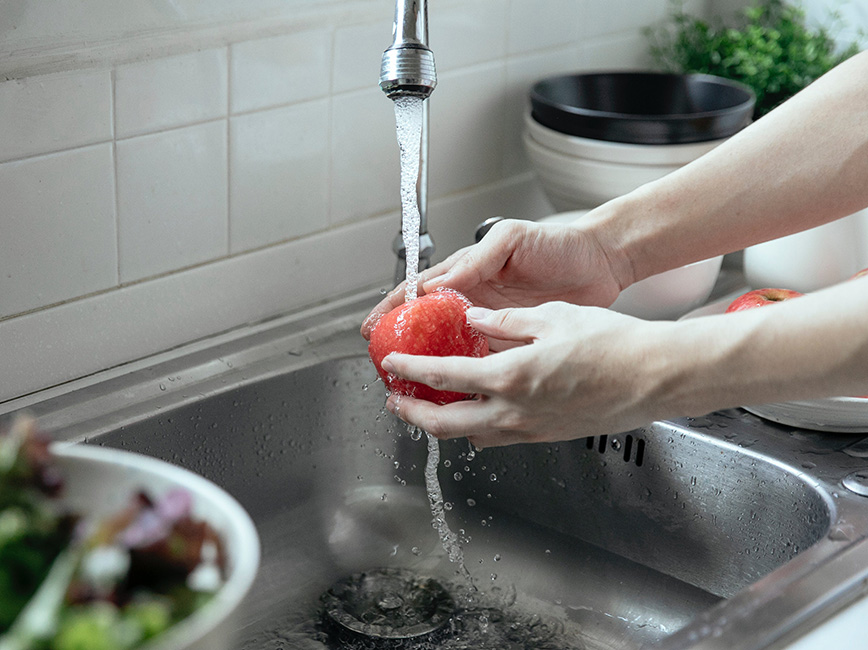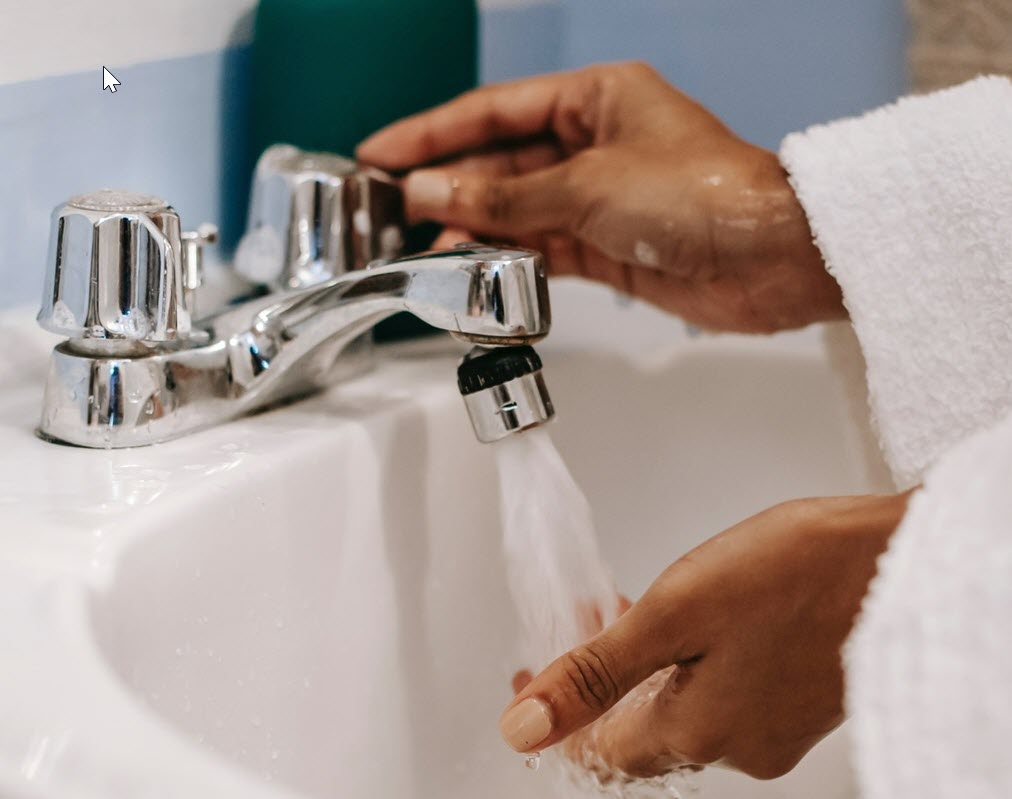Service lines and faucets
Your water service line and faucets can be sources of lead.
Flushing your home plumbing
If your lead service line is replaced, you will need to flush your home plumbing. Replacing a lead service line can disturb lead particles and debris. It is important to flush your home plumbing to remove contaminants before using any water.
Corrosion
We take many steps to prevent pipe corrosion.
We follow of Department of Health guidelines, including:
- Adding a chemical called ortho polyphosphate to your water.
- This chemical prevents water line corrosion.
- We maintain an ortho phosphate concentration of 0.4 parts per million.
- Reducing the acidity of the water from the Mississippi River.
- We maintain a pH of 8.8 to 9.0 to keep the water from being corrosive.
Read the Minnesota Department of Health's 2019 report on eliminating lead in drinking water
Contact us
Public Works Water Treatment & Distribution Services
Address
4300 Marshall St. NE
Fridley, MN 55421
This building is closed to the public.




